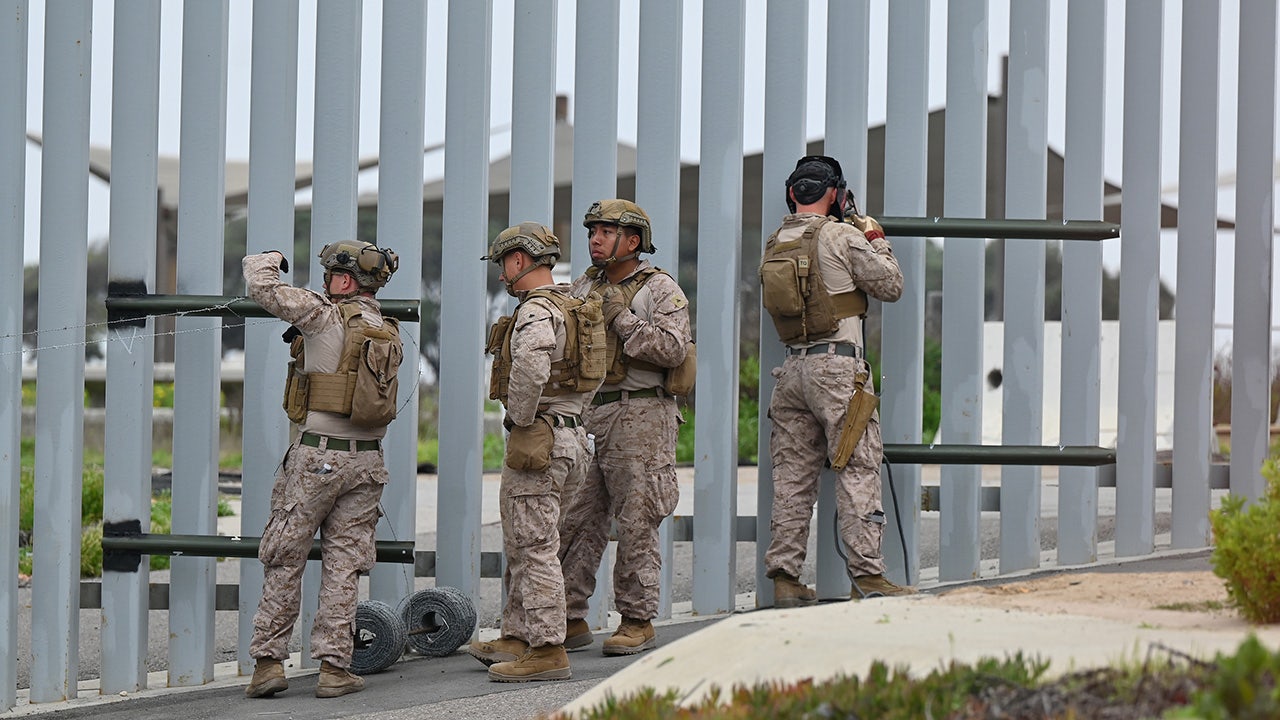Hours before President Trump halted his global tariff war on Wednesday, he had a message for investors on social media: “THIS IS A GREAT TIME TO BUY!!!”
He was right – news of a pause on reciprocal tariffs sent the Dow surging nearly 3,000 points that day. But one day later, a third of those gains were erased as it sank in that 10% levies remain worldwide and global recession fears persist.
So how about now? Is it a great time to buy, or sell?
As readers of this column know, Wall Street execs and money managers have been signaling for weeks that Trump eventually would seek to cut trade deals.
They said market pressures, particularly from the all-important bond market, would be the catalyst for his U-turn because global bond buyers hate the uncertainty of tariff wars, and will balk at buying the debt that finances our government.
They also predicted that Trump would eventually push aside his hawkish advisers, Peter Navarro and Commerce Secretary Howard Lutnick, and lean on his very able Treasury Secretary Scott Bessent, who wanted Trump to do what he does best and cut deals, this time on trade.
Here’s what they’re telling me now. For all the initial enthusiasm over the trade pause, there are significant underlying problems in this market that aren’t going away so fast. That’s why after Wednesday’s rally you had that big pullback Thursday. Yes, there are some stocks of great companies beaten down by the tariff tantrums that look cheap, but overall the market looks overvalued.
To back up their thesis, these investors have been recently calling attention to a man named George Soros, a celebrated investor who turned out to be a lousy social activist. Soros explained his theories about gaming markets in his groundbreaking book, “The Alchemy of Finance; Reading the Mind of the Market.”
It should be noted that Soros on his way to making billions trading global stocks, currencies and commodities, employed the dude who got President Trump to back off his tariff postures – Treasury Secretary Scott Bessent. So presumably, Bessent would agree with what my sources are saying using Soros as their guide to the current market. As Soros writes, underlying fissures in the market remain dormant until an event crystalizes the market’s disequilibrium.
The event could be anything: a terrorist attack, a government shutdown, a tariff war, but the event means somewhat less than those underlying fissures to ignite the herd to trade it up or down.
Trump’s tariff pause might provide some short-term relief to the market’s worry over the trade war’s perceived impact on corporate earnings and stock prices, but it doesn’t really address most of the fissures that remain.
Even before the tariffs, stocks looked overvalued by traditional measures, such as trailing 12-month price-earnings ratio well above the historical average. The US sold massive amounts of debt to foreigners that rob the economy of investing dollars, essentially sending money overseas in the form of interest payments.
Yes, say what you want about Trump’s sledgehammer approach to trade, but he inherited those underlying concerns. It’s no coincidence that Tuesday’s bond market route appears to be the catalyst for Trump’s decision to hit the pause button.
None of these underlying problems are going away anytime soon unless we get another market swoon that collapses valuations. It would be nice if the Trump tax cuts and deregulation spur significant economic growth to pay down $36 trillion in borrowing.
For now, however, buyers beware.














